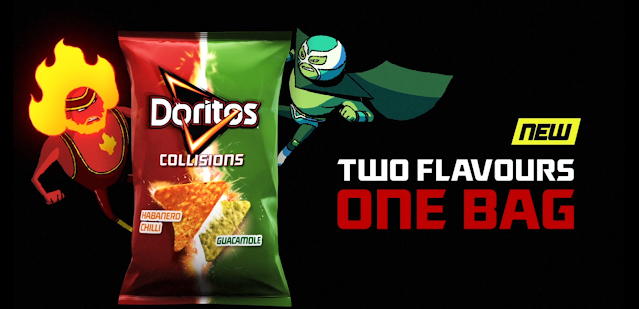Doctor Who: Audience and Industries
Doctor Who: Audience and Industries
Audience:
1) The target audience was predominantly white, British males in the UK. However, it has changed because there is a wider variety of people who enjoy the show and are fans (Whovians). For example, there are many international fans and a wider diversity of people from different backgrounds.
2) Personal Identity: The audience may be able to relate to the teenagers or teachers because they reflect typical society at the time; they may be able to relate to the ordinary life of the characters.
Personal Relationships: The audience may form personal connections if they can relate to the characters or identify with the backgrounds of the characters, such as the teachers or Susan.
Diversion (Escapism): The audience may find escapism within the show as it has elements of sci-fi which could distract the audience from their day-to-day lives.
Surveillance (Information/Facts): The show is science-fiction so it can provide information on time/space and include facts on things of the sort. Furthermore, the show was in the 1960s so it may provide elements linking to the history at the time.
3) The modern audience may find information about the culture at the time as well as the history of the 1960s. Elements of the Space Race and the Concorde may be found which can help to educate a modern audience on the history of the '60s.
4) Visceral pleasures: may include the thrill of the TARDIS taking off or the action presented towards the end of the episode.
Vicarious pleasures: may include the storyline that the audience are able to experience. The mystery incorporated into Susan's life and the Doctor's speech may also be vicarious pleasures.
Voyeuristic pleasures: may include the dialogue of the characters as the audience are able to see what they are talking about from the third-person perspective.
5) The Doctor Who fans (Whovians) have comic-con to go to, where they can dress up as the characters and interact with other fans of the show. Furthermore, the fans can buy merchandise from the show which can be collected or displayed.
Industries:
1) There were only two television channels in the UK in 1963. In 1967, BBC 2 launched as the first television channel which used colour. BBC 1 and ITV switched to colour in 1969 as more people bought colour televisions.
2) The camerawork was unsteady as technology was relatively new and was not as developed as it is today. The graphics were also not very advanced because not as much progress had been made in terms of technology.
3) Doctor Who is one of the most iconic franchises of the BBC. It has been shown all over the world through BBC Worldwide and makes a lot of money for the BBC. In 2014, a BBC Worldwide Report found that Sherlock and Doctor Who were the biggest exports of that year for the BBC. The worldwide simulcast of “The Day of the Doctor” in 2013 saw this episode air in 98 countries on six continents at the same time.
4) Doctor Who spin-offs include K-9 and Company, The Sarah Jane Adventures and Torchwood.
5) There is a lot of merchandise as the BBC want to make as much money across many different levels. The more merchandise for the fans to buy, the more money that the BBC can make. These include board games, card games, computer games and action figures.
Grade 8/9 Extension Tasks:
1) The article suggests that Doctor Who is an extremely large television show that is known across many countries around the world and has an incredibly large fanbase. This shows its importance to the BBC; Doctor Who is known all over the globe as its 50th anniversary special aired in over 94 countries in 2013. The show is known in many more places than it had been when it first began in the 1960s; fans of the show exist all over the world, such as in the US, where events dedicated to the show attract more fans than ever before.
2) The BBC has included many more writers from ethnic minority backgrounds than previously, and issues such as the Partition in India and racial injustice in America have been included in the show. When the show first began in the 60s, the cast was all-white and had nearly no writers, producers or actors in the show that were of diverse backgrounds.

Comments
Post a Comment